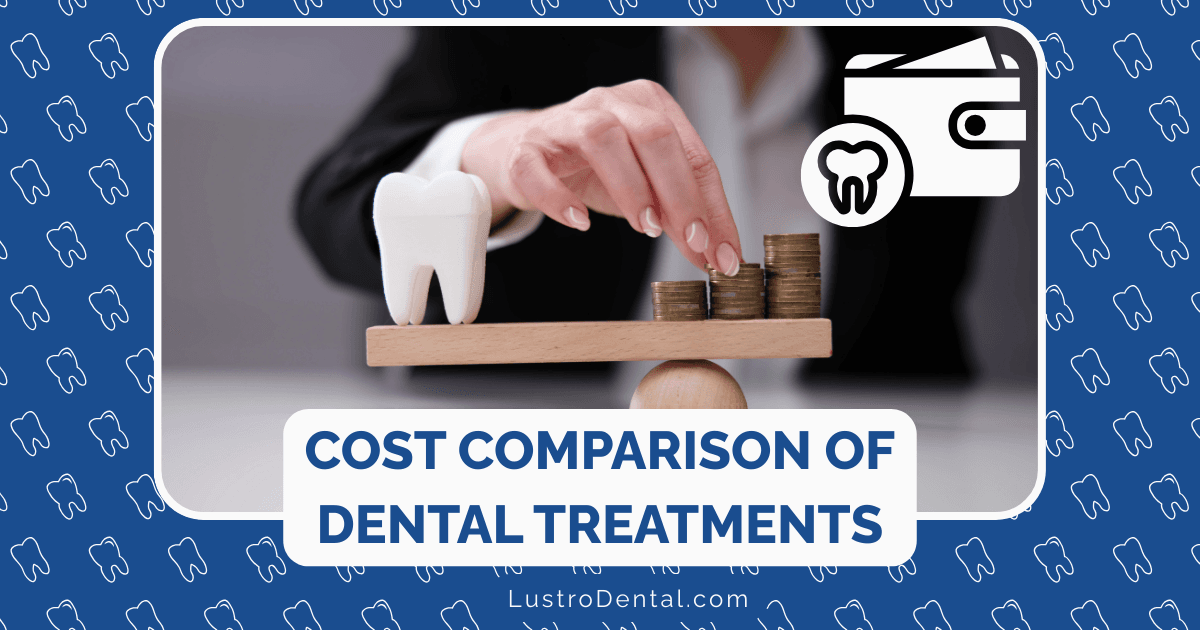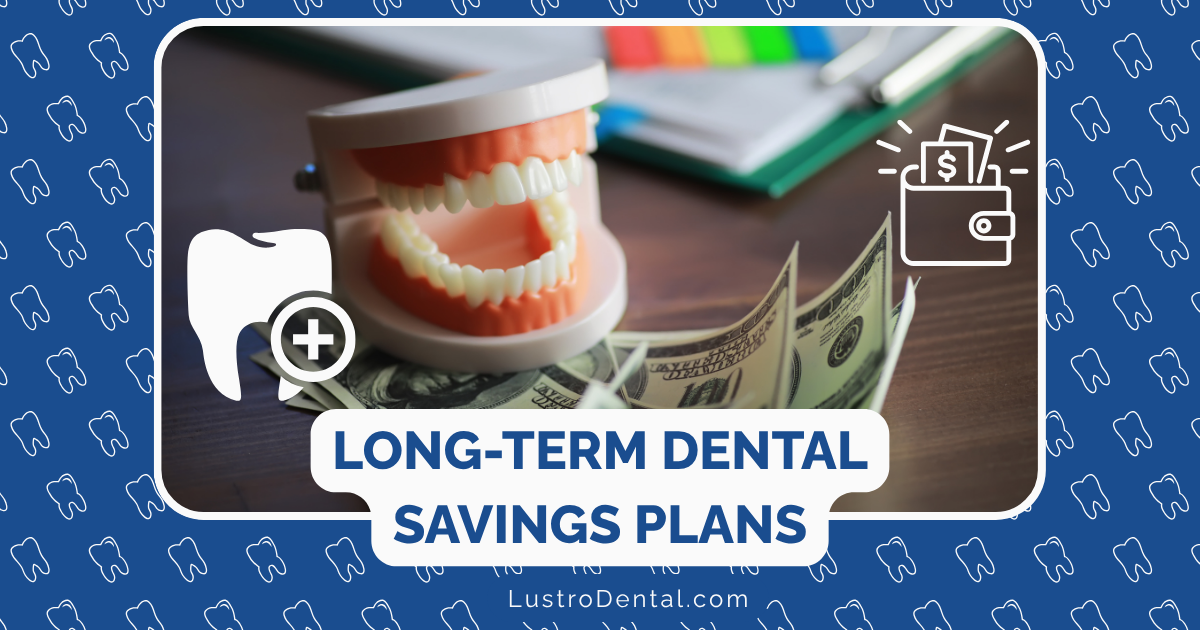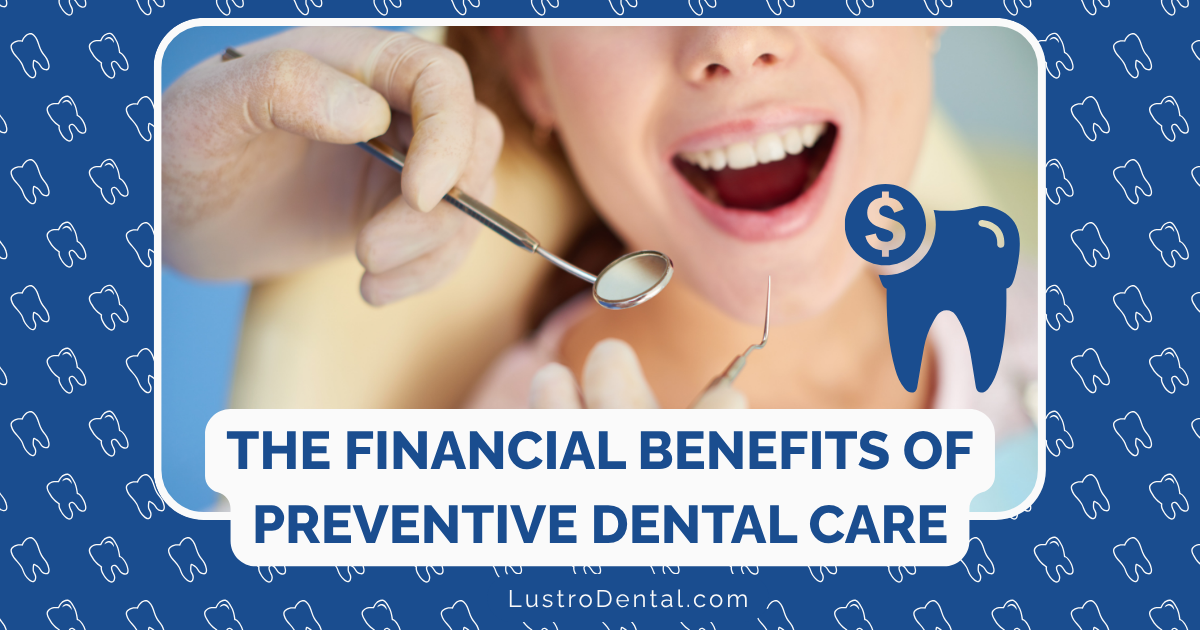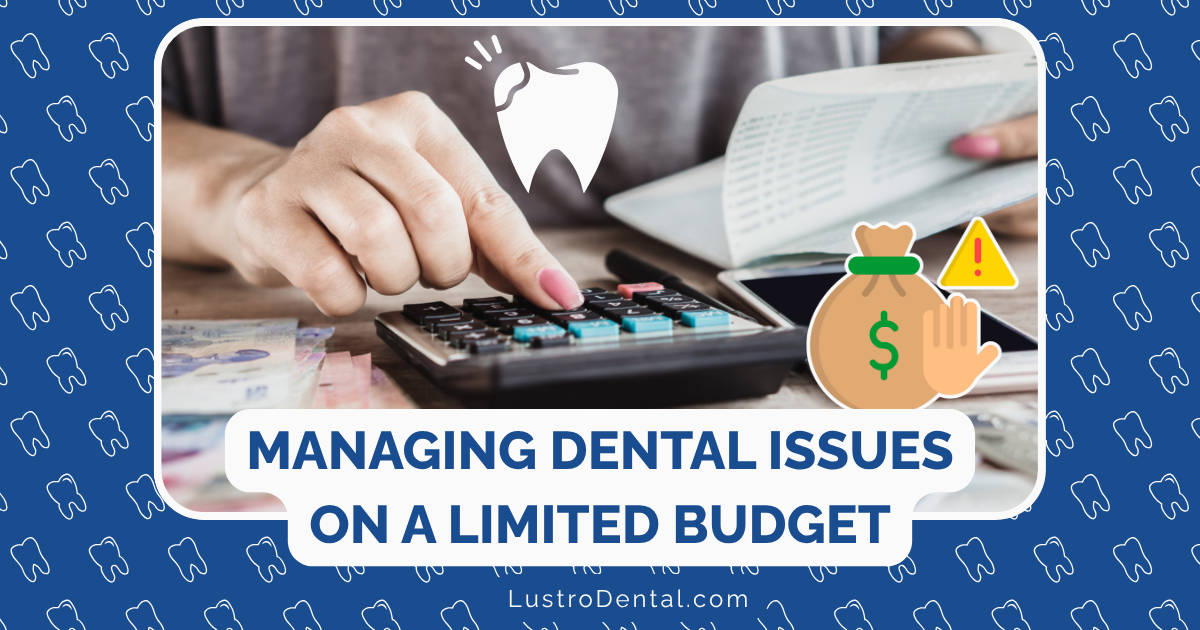The True Cost of Delaying Dental Care: Financial Implications Over Time
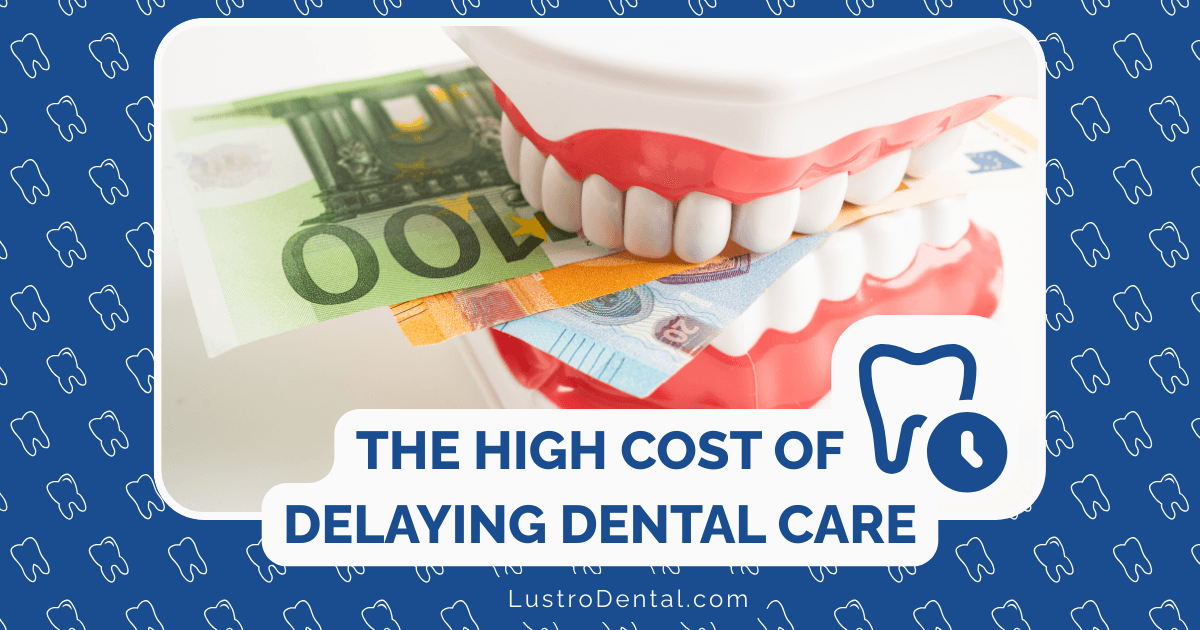
When faced with competing financial priorities, dental care often gets pushed to the bottom of the list. The decision to postpone that dental checkup or recommended treatment might seem like a prudent money-saving move in the short term. However, this approach often leads to a costly paradox: delaying dental care to save money typically results in significantly higher expenses down the road.
The true cost of postponing dental care extends far beyond the immediate financial savings. It encompasses escalating treatment expenses, potential impacts on overall health, lost productivity, and diminished quality of life. This comprehensive analysis explores the financial implications of delayed dental care and why preventive treatment is not just healthier but also more economical in the long run.
The Progression of Dental Problems: A Financial Timeline
Dental issues rarely resolve themselves. Instead, they typically follow a predictable progression when left untreated, with each stage requiring more extensive—and expensive—interventions.
Stage 1: Early Decay or Gum Inflammation
Treatment needed: Preventive care or minor restoration
- Regular cleaning: $75-$200
- Simple filling: $100-$300
Financial impact of delay: Minimal immediate savings ($100-$300)
Stage 2: Moderate Decay or Gum Disease
Treatment needed: More extensive restoration
- Deep filling: $200-$450
- Periodontal scaling and root planing: $500-$1,200 (full mouth)
Financial impact of delay: Increased costs of 2-4 times the original treatment
Stage 3: Advanced Decay or Periodontitis
Treatment needed: Major restoration or periodontal treatment
- Root canal: $700-$1,500 (plus crown: $800-$2,500)
- Advanced periodontal treatment: $1,000-$3,000 per quadrant
Financial impact of delay: Increased costs of 5-10 times the original treatment
Stage 4: Tooth Loss or Severe Infection
Treatment needed: Extraction and replacement
- Extraction: $150-$300
- Dental implant: $3,000-$5,000 per tooth
- Dentures: $1,000-$8,000 per arch
Financial impact of delay: Increased costs of 10-20 times the original treatment
This progression illustrates how a $200 filling today could prevent a $5,000 implant tomorrow. According to a study published in the Journal of Dental Research, the cost of restorative dental care can be up to 10 times higher when treatment is delayed until emergency care is needed.
Real-World Cost Scenarios: The Price of Procrastination
To understand the financial implications more concretely, consider these common scenarios:
Scenario 1: The Ignored Cavity
Timeline:
- Year 1: Small cavity detected during routine exam. Patient delays treatment to save $200 for a filling.
- Year 2: Cavity deepens, reaching the nerve. Treatment now requires a root canal ($900) and crown ($1,200).
- Total cost: $2,100
- Financial impact of delay: $1,900 additional expense
Scenario 2: The Skipped Cleanings
Timeline:
- Years 1-3: Patient skips bi-annual cleanings, saving $600 ($100 per cleaning).
- Year 4: Patient develops periodontitis requiring deep cleaning ($1,000), antibiotic treatment ($200), and ongoing maintenance ($400/year).
- Total cost over 5 years: $3,000
- Financial impact of delay: $2,400 additional expense
Scenario 3: The Untreated Gum Disease
Timeline:
- Year 1: Early gum disease detected. Patient declines recommended deep cleaning ($800).
- Years 2-5: Condition progresses to advanced periodontitis, leading to tooth loss.
- Year 5: Patient requires multiple extractions ($1,200) and partial denture ($2,500).
- Total cost: $3,700
- Financial impact of delay: $2,900 additional expense
These scenarios are not uncommon. According to data from the University of Illinois College of Dentistry, adults who practice good preventive oral health care save an average of 31% in dental costs over five years, while those who skip preventive care experience a 43% increase in their annual dental expenses during the same period.
The Hidden Costs: Beyond Direct Dental Expenses
The financial impact of delayed dental care extends far beyond the direct costs of treatment. Consider these additional financial burdens:
Emergency Care Costs
When dental problems reach crisis levels, patients often seek relief in emergency rooms—settings not equipped for definitive dental treatment. According to the American Dental Association, there were approximately 2.1 million emergency department visits for dental conditions in 2017, costing $2.7 billion. Most of these visits result in prescriptions for pain medication or antibiotics without addressing the underlying dental issue, meaning patients still need to seek dental care afterward.
Lost Productivity and Income
Dental problems significantly impact productivity and earning potential:
- More than 164 million work hours are lost in the U.S. annually due to dental issues
- Adults lose over 243 million hours of work or school annually due to oral health problems
- The estimated cost of lost productivity due to dental issues is approximately $45 billion annually
- Individuals with visible dental problems face discrimination in hiring, potentially reducing lifetime earning potential
A study published in the Journal of the American Dental Association found that workers with untreated dental issues were more likely to report reduced productivity while at work, a phenomenon known as “presenteeism.”
Impact on Overall Health Care Costs
Poor oral health is linked to numerous systemic health conditions, each with its own significant treatment costs:
- Diabetes management: Untreated periodontal disease makes diabetes more difficult to control, increasing treatment costs by an estimated 40%
- Cardiovascular disease: Studies suggest links between gum disease and heart disease, with potential implications for costly cardiac care
- Respiratory infections: Poor oral health increases the risk of pneumonia, particularly in older adults, adding an average of $20,000 in hospital costs
- Pregnancy complications: Periodontal disease is associated with preterm birth and low birth weight, which can result in NICU stays costing $40,000-$80,000
Research from the Mayo Clinic found that treating gum disease in patients with type 2 diabetes reduced their annual medical costs by an average of 40%. Similarly, a study in the American Journal of Preventive Medicine found that regular dental cleanings were associated with lower healthcare costs and fewer hospitalizations among patients with certain chronic conditions.
The Psychological and Quality of Life Costs
While harder to quantify financially, the impact of dental problems on quality of life represents another significant “cost” of delayed care:
- 38% of adults report feeling less satisfied with life due to the condition of their mouth and teeth
- 22% of young adults avoid social activities because of the appearance of their teeth
- 35% of low-income adults feel embarrassed about their dental condition, affecting job prospects
- Chronic dental pain can lead to sleep disturbances, depression, and reduced overall well-being
These factors can create a cycle of disadvantage, as reduced social and professional opportunities may further limit financial resources for dental care.
The Insurance Paradox
One of the most significant barriers to timely dental care is the lack of comprehensive insurance coverage. Unlike medical insurance, dental coverage is often treated as optional, leading to significant gaps in protection:
- Approximately 74 million Americans (nearly 23% of the population) lack dental coverage
- 33% of non-elderly adults do not have dental insurance
- Traditional Medicare does not cover most dental procedures
- Many dental insurance plans cap annual benefits at $1,000-$2,000, insufficient for major procedures
This insurance gap creates a paradoxical situation where those most in need of dental care often have the least access to it. According to a 2023 survey reported by Nasdaq, 92% of Americans would consider delaying dental care due to cost concerns, with 83% willing to postpone even emergency treatment.
The Cost-Effectiveness of Prevention
The financial case for preventive dental care is compelling:
- For every $1 spent on preventive dental care, patients save between $8 and $50 in restorative and emergency treatments
- Regular preventive care (exams and cleanings) costs approximately $300-$500 annually
- Preventive measures like sealants reduce cavity risk by up to 80% in molars, at a cost of just $30-$60 per tooth
- Fluoride treatments, costing $20-$50, can prevent cavities that would require $150-$500 fillings
These statistics highlight the significant return on investment that preventive dental care provides. A study published in the American Journal of Public Health found that preventive dental visits were associated with fewer emergency dental visits and lower overall dental costs over time.
Strategies to Manage Dental Costs Without Delaying Care
Rather than postponing necessary dental treatment, consider these more financially sound approaches:
1. Prioritize Preventive Care
Invest in regular checkups and cleanings to catch problems early when they’re less expensive to treat. Most dental insurance plans cover preventive care at 100%, making this a cost-effective approach even for those on tight budgets.
2. Develop a Treatment Plan with Financial Considerations
If you need multiple procedures, work with your dentist to create a prioritized treatment plan that addresses the most urgent issues first while spreading out costs over time.
3. Explore Payment Options
Many dental offices offer payment plans, allowing you to spread the cost of treatment over several months without interest. Third-party financing options like CareCredit also provide flexible payment terms for dental procedures.
4. Consider Dental Schools and Community Health Centers
Dental schools offer high-quality care at reduced rates (typically 30-50% less than private practices), while Federally Qualified Health Centers provide dental services on a sliding fee scale based on income.
5. Maximize Insurance Benefits
If you have dental insurance, schedule treatments strategically to make the most of your annual benefits. For example, splitting major work across two calendar years can help you utilize two years’ worth of coverage.
6. Explore Dental Savings Plans
Dental savings plans (sometimes called dental discount plans) provide reduced rates on dental procedures through a membership model, often saving 10-60% on treatments with no annual maximums.
7. Use Tax-Advantaged Accounts
Health Savings Accounts (HSAs) and Flexible Spending Accounts (FSAs) allow you to pay for dental expenses with pre-tax dollars, effectively reducing the cost by your tax rate.
Special Considerations for Different Life Stages
The financial implications of delayed dental care vary across different life stages:
Children and Adolescents
Delaying dental care for children can have particularly severe financial consequences:
- Untreated decay in primary teeth can damage permanent teeth, leading to lifetime costs
- Early orthodontic intervention can prevent more costly treatments later
- Children with poor oral health are nearly three times more likely to miss school, affecting educational outcomes and future earning potential
Working Adults
For adults in their working years, the financial impact includes:
- Lost wages due to dental pain and treatment time
- Potential career limitations due to visible dental problems
- Higher costs for restorative care as dental issues compound over time
Seniors
Older adults face unique challenges:
- Medicare does not cover most dental procedures, creating financial strain
- Fixed incomes make it difficult to absorb unexpected dental expenses
- Untreated dental issues can complicate existing health conditions, increasing overall healthcare costs
- Nutritional challenges due to difficulty eating can lead to additional health problems and costs
The Societal Cost of Delayed Dental Care
Beyond individual financial impacts, delayed dental care creates significant societal costs:
- Increased emergency room utilization for preventable dental conditions
- Higher Medicaid and Medicare expenses for complications of untreated dental disease
- Lost economic productivity and tax revenue
- Exacerbation of health disparities and social inequalities
These broader economic impacts underscore the importance of addressing barriers to dental care access as a public health priority.
Conclusion: The Financial Wisdom of Timely Dental Care
The evidence is clear: delaying dental care to save money is a costly miscalculation. While the immediate out-of-pocket savings may seem appealing, the long-term financial consequences far outweigh these short-term benefits. From escalating treatment costs to impacts on overall health, productivity, and quality of life, postponing necessary dental care creates a cascade of expenses that could have been avoided with timely intervention.
The most financially sound approach to dental health is one that prioritizes prevention and early treatment. By investing in regular dental care now, you’re not just protecting your oral health—you’re making a wise financial decision that will pay dividends in reduced expenses and improved well-being for years to come.
Remember that dental problems rarely resolve themselves and almost always become more expensive to treat over time. When it comes to dental care, the old adage holds true: an ounce of prevention is indeed worth a pound of cure—both for your health and your wallet.
Have you experienced the financial impact of delayed dental care? Share your story in the comments below to help others understand the true costs of postponing treatment.


